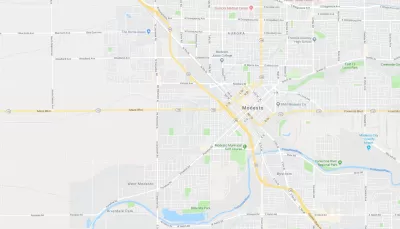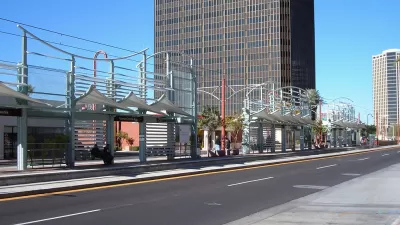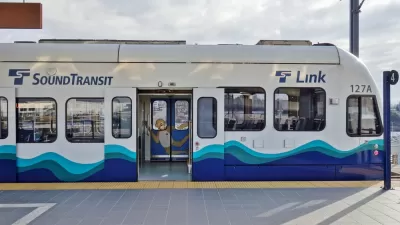TIGER grants aren't what they used to be, just like pretty much everything else in the federal government under the Trump Administration.

"Well, U.S. DOT has released the full list of new TIGER grant awards, and it looks a lot worse than the early announcements suggested," writes Angie Schmitt. "The Trump administration’s selections are skewed heavily toward highways and bridges."
Specifically: "Only 3.8 percent of the funds will support transit projects, and another 18 percent will go toward walking and biking improvements, while nearly 60 percent will go toward highways and bridges…" Examples of the most recent round of TIGER funding's focus on highway projects include funding for freeways in Nebraska and Modesto, California.
The two notable exceptions in funding for transit and walkability are found in a plan for a bus rapid transit line in Atlanta as well as a complete streets project in Carson City. Yet, the circumstances of even one of those projects is quizzical, according to an article by Darin Givens. The $12.6 million TIGER grant is "a lot of money for a route that no one has heard of before and that never saw any public engagement," writes Givens, and although he is happy to see transit investment of any kind in Atlanta, he has concerns about the process. "MARTA does all sorts of planning and engagement sessions so the public is informed and can help shape how our tax dollars are spent. But then there are basically-secret plans submitted to the feds, and that’s frustrating."
FULL STORY: TIGER Is Trump’s Program Now: Most Grants Go to Highways

Maui's Vacation Rental Debate Turns Ugly
Verbal attacks, misinformation campaigns and fistfights plague a high-stakes debate to convert thousands of vacation rentals into long-term housing.

Planetizen Federal Action Tracker
A weekly monitor of how Trump’s orders and actions are impacting planners and planning in America.

In Urban Planning, AI Prompting Could be the New Design Thinking
Creativity has long been key to great urban design. What if we see AI as our new creative partner?

King County Supportive Housing Program Offers Hope for Unhoused Residents
The county is taking a ‘Housing First’ approach that prioritizes getting people into housing, then offering wraparound supportive services.

Researchers Use AI to Get Clearer Picture of US Housing
Analysts are using artificial intelligence to supercharge their research by allowing them to comb through data faster. Though these AI tools can be error prone, they save time and housing researchers are optimistic about the future.

Making Shared Micromobility More Inclusive
Cities and shared mobility system operators can do more to include people with disabilities in planning and operations, per a new report.
Urban Design for Planners 1: Software Tools
This six-course series explores essential urban design concepts using open source software and equips planners with the tools they need to participate fully in the urban design process.
Planning for Universal Design
Learn the tools for implementing Universal Design in planning regulations.
planning NEXT
Appalachian Highlands Housing Partners
Mpact (founded as Rail~Volution)
City of Camden Redevelopment Agency
City of Astoria
City of Portland
City of Laramie





























